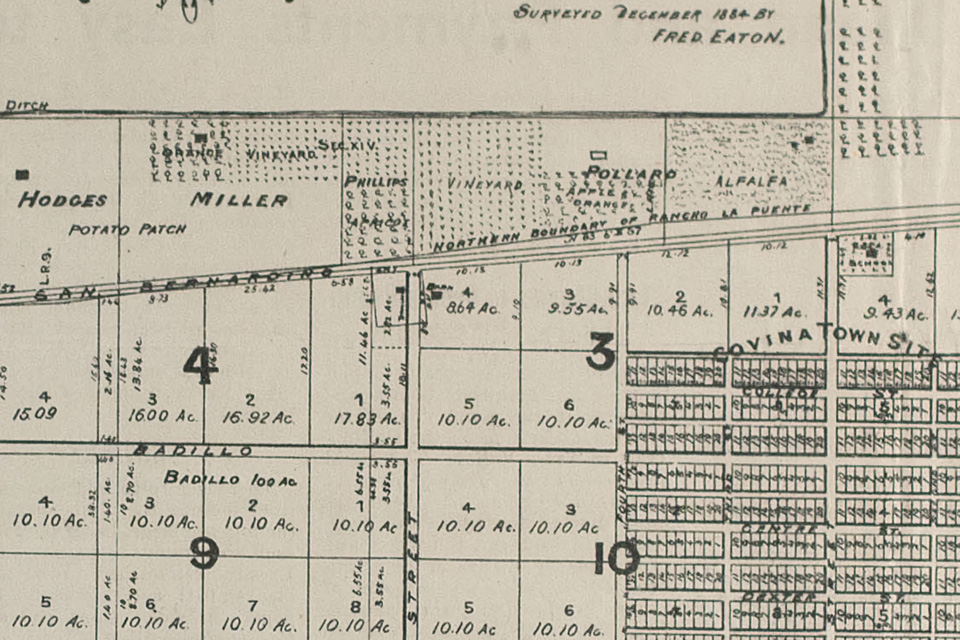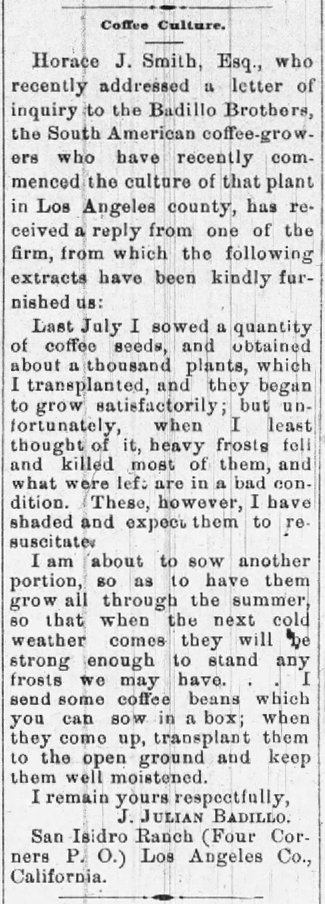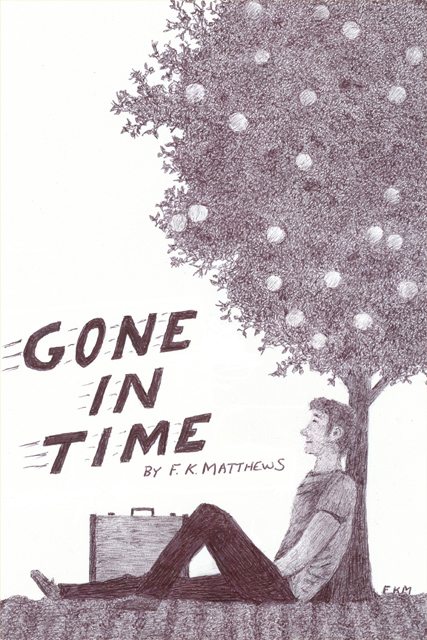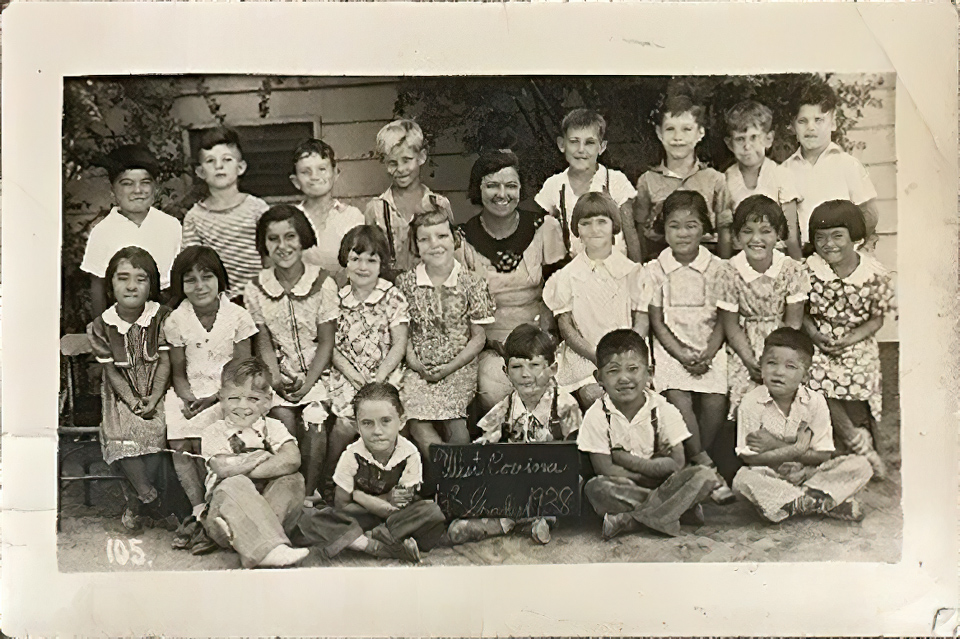There's been all kinds of speculation in recent years about the name of Badillo Street in Covina and why it differs from the pioneer family's hereditary Spanish name, Badilla.

Covina's main east/west street was named "Badillo" on the original Phillips Tract survey map in 1884.
Courtesy Covina Valley Historical Society.
I briefly mentioned my own ideas about this controversy at the end of the article about Hollenbeck and the Badillas that I posted back in 2021. I noted that the family themselves appeared to use a terminal –o in their surname on occasion, and theorized that the street was named "Badillo" because that was the name the farming brothers were best known by.
I didn't have direct evidence for either claim until just yesterday, though, when I found this letter published in a newspaper in 18771 that was signed, "J. Julian Badillo." This was the first time I'd seen one of the famous coffee-growing brothers apparently using the Badillo spelling himself (and the first I've seen the name of their coffee plantation was "San Isidro Ranch.")

Santa Barbara Daily Press, February 7, 1877.
With that revelation, I then thought about examining the idea of name familiarity, so I did more specific searches on the newspaper archive website to manually tally the number of times the two surname spellings were used, and in which contexts they appeared.
This is what I found:

